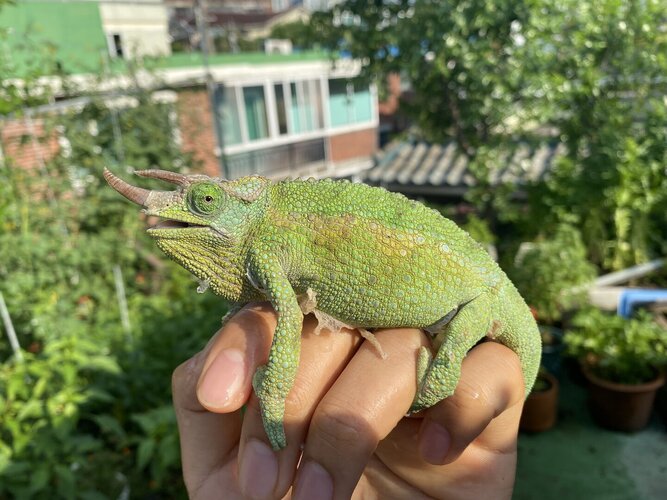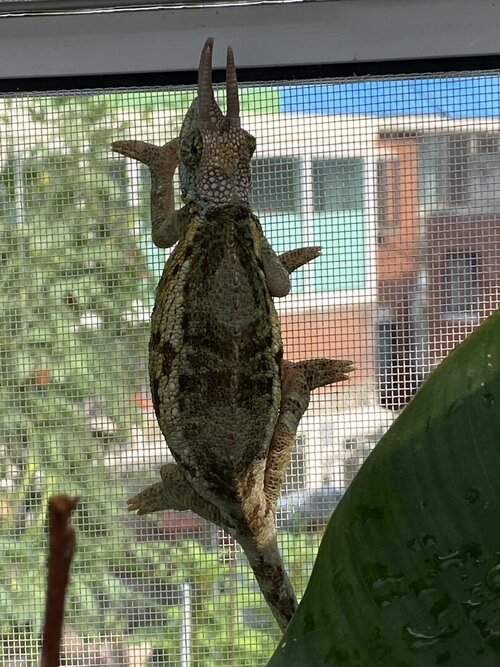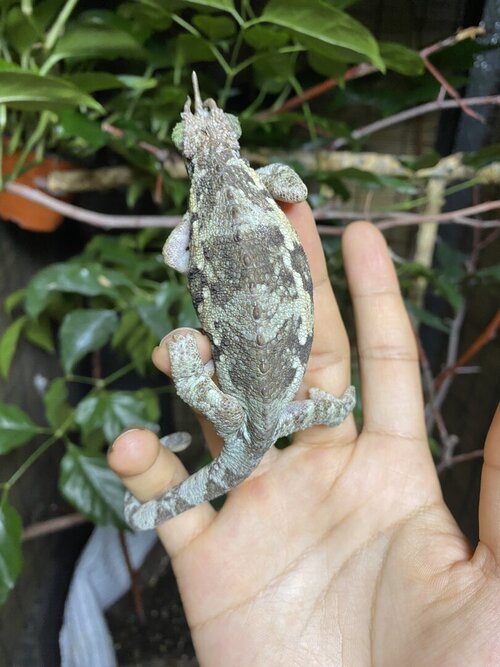Parkjw
Member
Currently, three of the four jackson chameleons in my family are male. One of the females gave birth in March, and the other two did not give birth when they came home.
The male is smaller than the females, is there any problem with the bridging?
If you have any tips for rainbow jackson chameleon breeding, I'd appreciate it.
The male is smaller than the females, is there any problem with the bridging?
If you have any tips for rainbow jackson chameleon breeding, I'd appreciate it.









